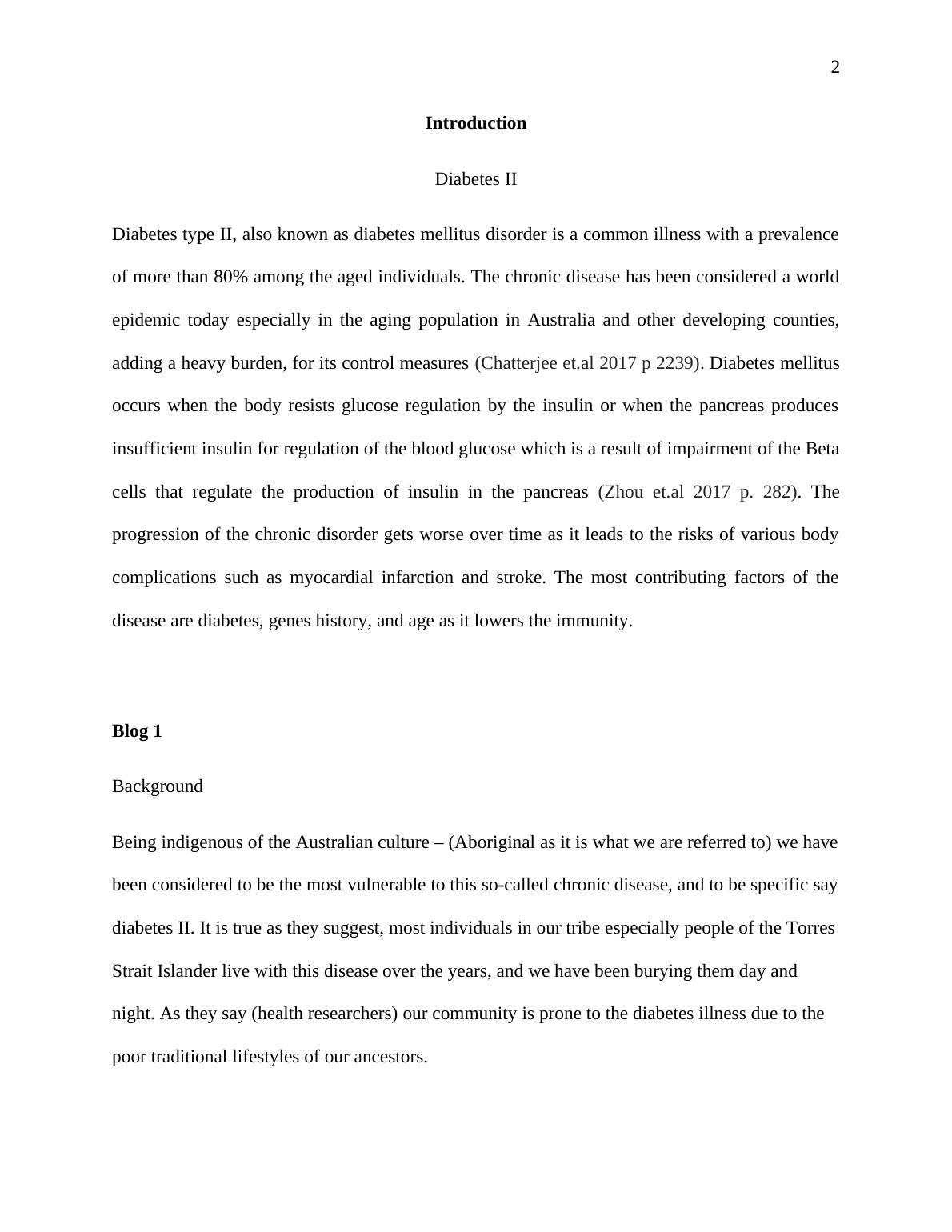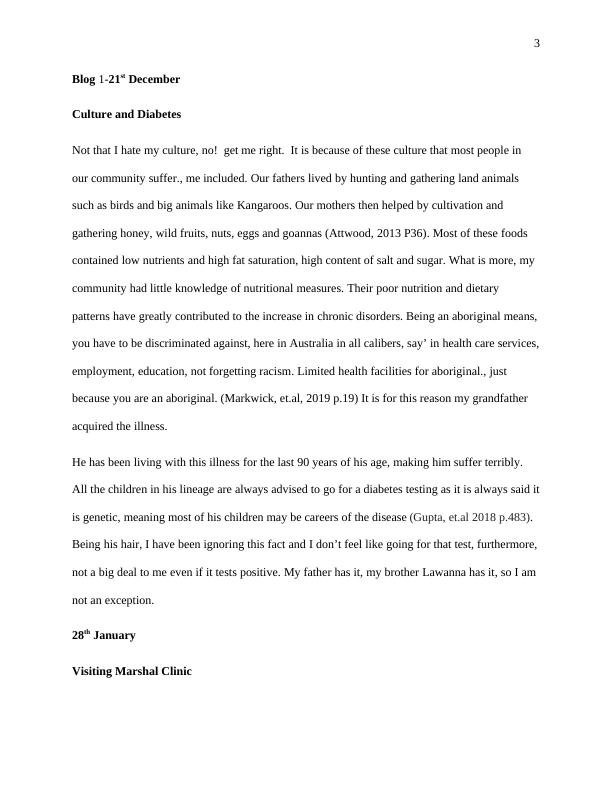Symptoms & Causes of Diabetes
This is a tip sheet for Assessment 1 of the course 92443 Optimising care in chronic conditions. The assignment requires the creation of a blog about the lived experience of a person with a chronic illness, focusing on a specific ethnic background. The blog should accurately describe the signs and symptoms of the illness and how they impact the person's life.
Added on 2022-08-22
Symptoms & Causes of Diabetes
This is a tip sheet for Assessment 1 of the course 92443 Optimising care in chronic conditions. The assignment requires the creation of a blog about the lived experience of a person with a chronic illness, focusing on a specific ethnic background. The blog should accurately describe the signs and symptoms of the illness and how they impact the person's life.
Added on 2022-08-22
End of preview
Want to access all the pages? Upload your documents or become a member.



